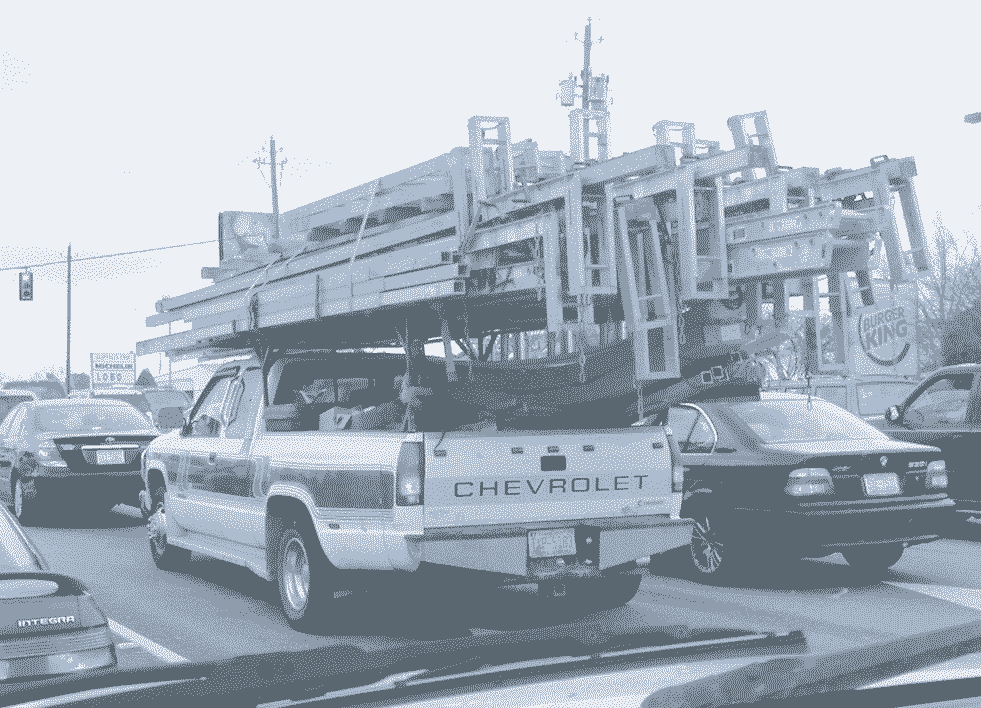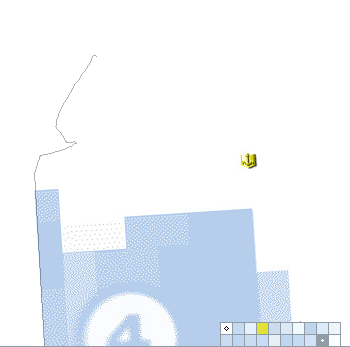Originally posted: Oct 26, 2013
This will not do the subject(s) justice so consider this a net cast wide and full of large holes—call it a survey or line drawn roughly around a few things. It comes from talking with student designers (you) who are defining individual interests or following an inclination with little or no definition. It is great to see you are teaching yourself Maya and exploring virtual 3/D and 4/D images. It is great to see solid exploration in concept design, non-traditional storyboarding, collaborative video design and production, and design artifacts used in process to sort out greater understanding and not as some final, perfected product. You are doing these things on your own and at times against the neatly defined contexts of illustration, graphic design, or the demand of known, applied end products with a bow on top.
The current special issue of the Chronicle of Higher Education focuses on future concepts of colleges and universities. It touches on how digital technology has changed the ways we access information and learn. It talks about supporting individual paths through old barriers and toward custom, hybrid, more self-defined curricula. And at its best it hints at how technology has changed our social and cultural considerations of learning outside of that tech—take the flexibility, simultaneity, and open-source mindset and leave the box. Leave it in part or all together, keep the metaphors and lessons.
What are the lessons we keep and the metaphors we develop? One of the hardest to accept or even hold in definition for more than a moment is that of the multi-directional and simultaneous. This can be explorations of a range of object translations, styles, languages, forms or ways of thinking and working. We tend toward neat definitions of applied or experimental design, beginnings and ends of projects, the linear over the multi-linear.
Design is in the middle of a radical shift away from projects that have neat beginnings and endings, reside in one medium or with any one designer. As designers and students of design we sometimes (commonly) hold to the things we do well and shy away from those we do not.

Design is a discipline that increasingly requires one to work collaboratively. This does not mean dragging our feet and having to put up with selling version 1.0 when practice is at version 10.0 and your team cannot or will not respond. It means we are responsible to know what time it is. It means we take responsibility for current professional standards, modes of practice, depth and breadth of study, and the ways that make navigating such a complex multi-discipline something doable, worth doing, and interesting. Sometimes (if not always) it means changing teams, finding greater dialog, and pushing outside of our comfort zone.
In all of this it is best to see learning and design as synonymous—it is best to take our definitions of design and apply them to the ways we learn individually and collectively. Intrinsic motivation, inclinations toward and skills for a particular medium or ways of making need not take a back seat to investigating broader languages and definitions. Those motivating forces that spark our interest can find a place to support larger, broader, increasingly complex studies.
The Bauhaus model of design education or any other model need not be tossed aside, nor the lessons of craft, formal language, and process. But we do need to realize what is productive, relevant and of mutual value both individually and collectively. Again, it is best to consider learning and design as the same. In this regard, we return to ideas of learning formal language. We do not study half of the visible spectrum or privilege the study of abstract geometries over photography or video. In the best case it is linked, it is a gradient among many. It is an illustration toward understanding interconnected systems, systems within systems.
One way of personally navigating the new contexts of design is to know those contexts, define them as best you can and know you may hold a singular opinion, yours. Design has expanded to mean many things—ways of doing, making, considering, being. Those definitions are outside of the designer and reside in the discipline and its culture. They also include your specific interests and the context(s) in which you define a vocation.


Throughout this semester I have taken hold of more outside interests and challenging mediums because I have been encouraged to do so-
When I was at the Paul Rand exhibit, I saw a piece that he made that quoted Oliver Cromwell, “He who stops being better, stops being good.” Now, that to me, said being “better” was creating something with substance. Granted, I have made less finished pieces this semester than I have in any other semester, but the thought processes that have gone behind my work reach farther than any other thought processes in any other project i’ve ever done, combined. The transition from studying the process of time in history, to math, to physics, to philosophers to my own personal writing has, I believe, been a massive leap in growth in how I approach a problem. Work that once would have been good enough, now barely passes the bar.
When you strip away all of the excess and forget about the technical invisible “portfolio” that you are constantly focusing on “building” for some imaginary future employer, you realize that this phantom art director doesn’t need to exist. If you can build something of substance, the design will follow. If your concept and ideas are truly solid, they can be executed. If you are personally invested in your work, you will be motivated to enhance your craftsmanship, finesse your final product with many variations, and scrap the entire thing if need be. Others will see your ability to take an idea from the ground up, and value both your aesthetic and your artistic talents. Figuring out what you really care about will ensure that you don’t spend the rest of your design career visualizing other people’s ideas, but instead being a key element of the entire process. Maybe that’s not entirely in the same vein of what this original post was about, but that’s what it sparked when I read it.